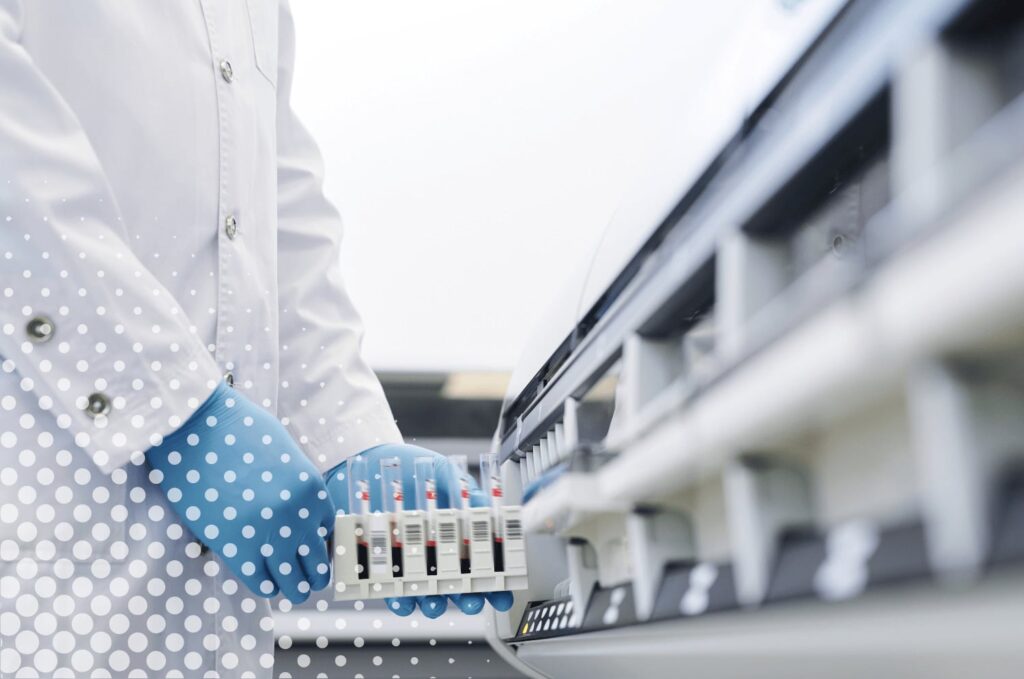
Biomarkers—objective, measurable indicators of normal or pathogenic processes—have become cornerstones of modern medical research. In 2025, the field is experiencing a paradigm shift thanks to converging innovations in multi-omics, high-throughput screening, and AI-driven analytics. Together, these tools are accelerating the pace at which we identify, validate, and translate biomarkers into clinical practice.
Key Technologies Driving Discovery
- Multi-Omics Integration
- Genomics & Transcriptomics: Next-generation sequencing (NGS) now enables routine whole-genome and single-cell RNA analyses, revealing genetic variants and expression signatures tied to disease onset.
- Proteomics & Metabolomics: Mass spectrometry platforms can quantify thousands of proteins and metabolites in a single run, painting a holistic picture of cellular function.
- Spatial Omics: Emerging spatial transcriptomics techniques map molecular profiles directly onto tissue sections, uncovering microenvironment influences on disease progression. ceorlhns.org
- High-Throughput Screening (HTS)
- Automated liquid-handling robots paired with multiplexed assays now process tens of thousands of samples per day.
- Novel microfluidic chips allow simultaneous analysis of blood, saliva, and urine, slashing sample-to-result times from weeks to hours.
- AI and Machine Learning
- Deep-learning models sift through terabytes of omics and clinical data to flag candidate biomarkers with greater sensitivity than conventional statistics.
- Predictive algorithms prioritize which candidates advance to costly validation studies, improving R&D productivity by an estimated 25 % blog.crownbio.com.
From Bench to Bedside: Validation & Translation
- Analytical Validation: Candidates undergo rigorous testing for precision, accuracy, and reproducibility across independent labs.
- Clinical Validation: Multi-center cohort studies assess how well biomarkers predict disease state, progression, or treatment response. Robust biomarkers can even serve as surrogate endpoints, shortening trial durations and reducing costs drugtargetreview.com.
- Regulatory Pathways: Agencies such as the FDA and EMA now offer streamlined “breakthrough” designations for biomarkers demonstrating high clinical utility, expediting their integration into diagnostic panels.
Impact on Patient Care
- Early Detection: Liquid biopsies harness circulating tumor DNA (ctDNA) biomarkers to catch cancers like pancreatic or ovarian at Stage I, when intervention yields the greatest survival benefit.
- Personalized Medicine: Molecular signatures inform therapy selection—patients with specific DNA repair deficiencies, for instance, derive outsized benefit from PARP inhibitors.
- Adaptive Trials: Real-time biomarker readouts enable dose adjustments within ongoing trials, improving safety and efficacy outcomes while conserving resources.
Advancing biomarker discovery is not just a scientific pursuit—it’s the engine driving the next generation of precision medicine.